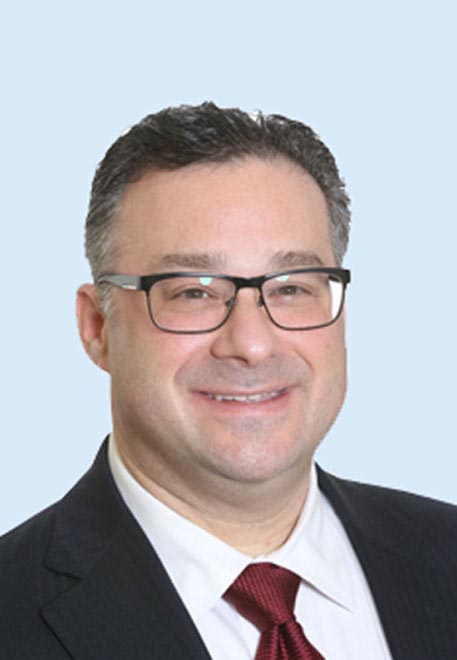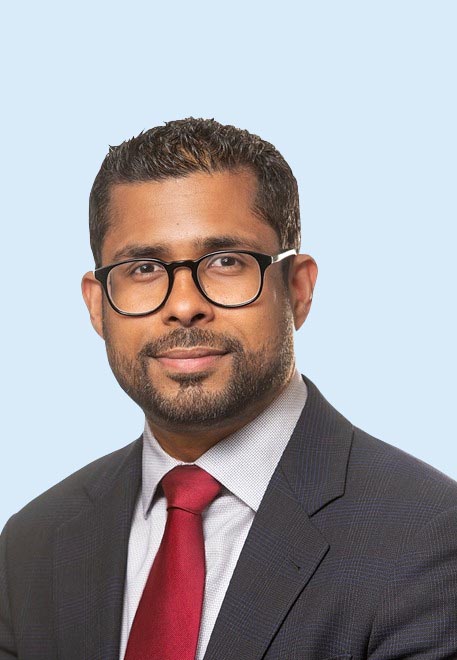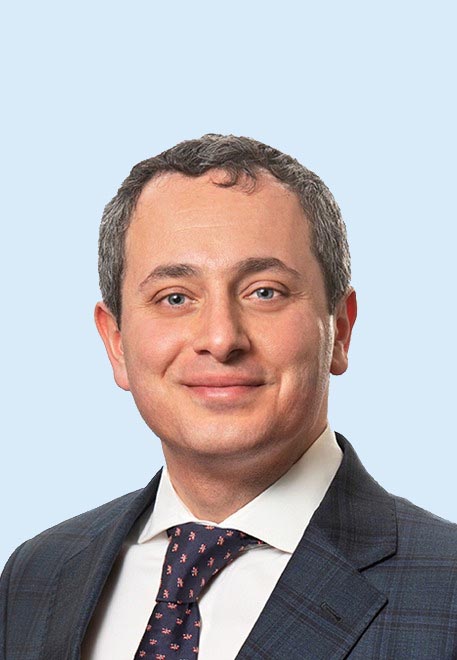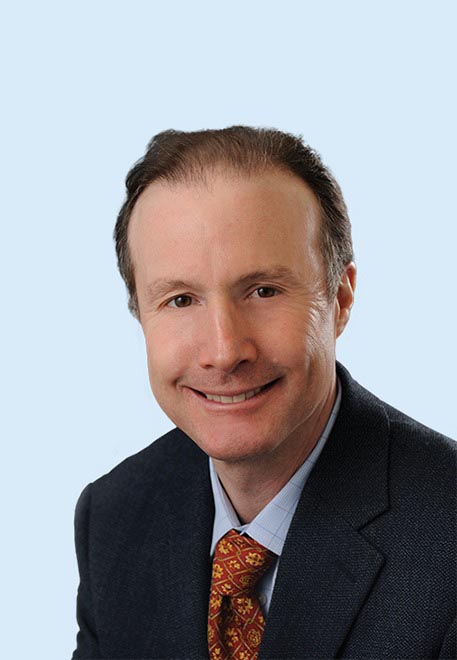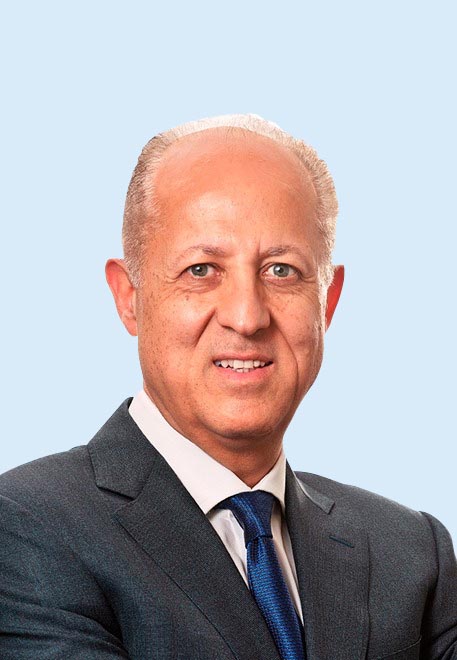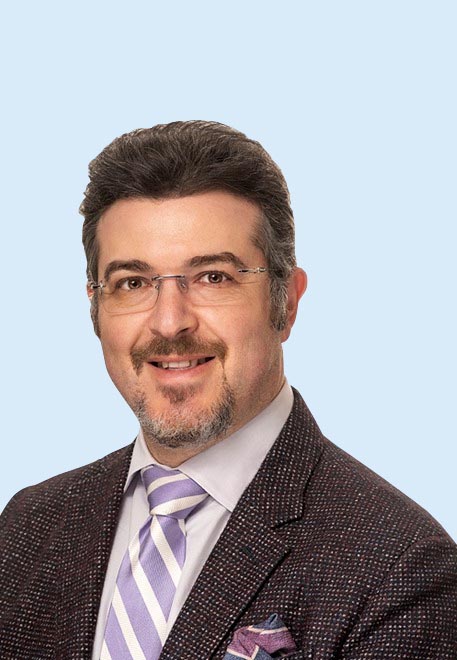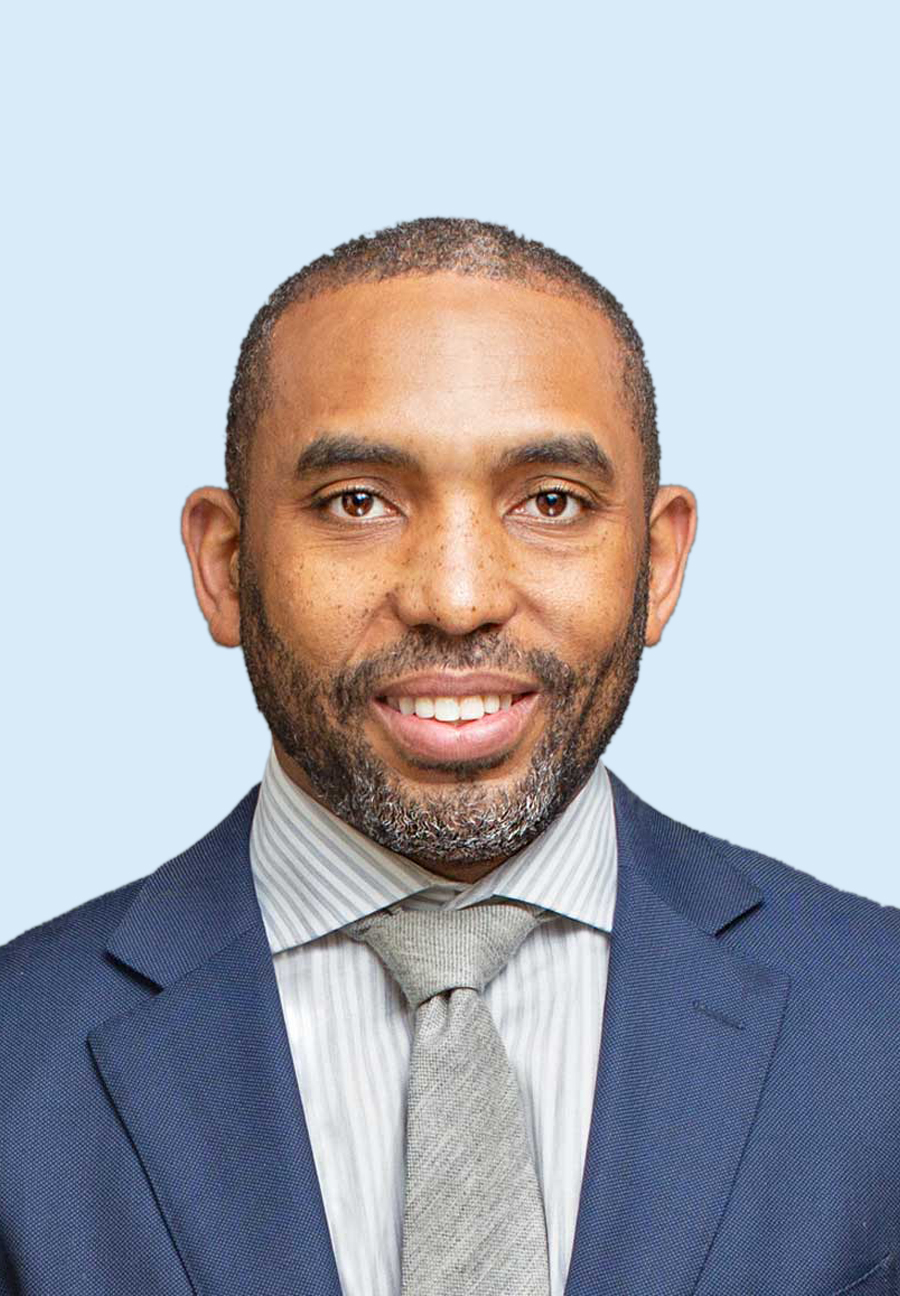- PATIENT FORMS | REQUEST A CONSULTATION | CONTACT US
- 1-844-NSPC-DOC
Degenerative Scoliosis

What Is Degenerative Scoliosis?
Take ActionCauses and Symptoms of Degenerative Scoliosis
Although untreated or undiagnosed adolescent scoliosis can lead to scoliosis in adult life, degenerative scoliosis has several predominant causes:
- Deterioration of the spine. Facet joints link the spine vertebrae. If they degrade, your spine can shift causing a sideways curvature. Spinal stenosis is a shrinking of the spinal canal. If bone spurs or other abnormalities reduce the space in the canal, the pressure on the nerves can lead to leg pain and numbness. Lumbar stenosis is a condition located in the lowest five vertebrae of the spine.
- Secondary symptom of another disease. Osteoporosis (a loss of bone mass) or osteomalacia (bone softening) can cause a shift in the spine, producing a sideways bend.
- Post-Surgical Scoliosis. Rarely, degenerative scoliosis can be brought on by surgery for an unrelated disease or condition.
Along with the slow onset of back pain, other symptoms may be present:
- Pain that intensifies in the early morning and later in the day.
- Standing or walking for a protracted period of time increases back and leg pain.
- Bowel or bladder problems may indicate significant nerve damage.
- Sitting down lessens the stress on the joints and diminishes the pain.

How Does NSPC Perform Diagnosis for Degenerative Scoliosis?
The first step in degenerative scoliosis diagnosis can begin at home. Your doctor will need to be brought up to speed on your medical history. It may be useful to think about the following questions ahead of time:
- When did the spinal condition first begin? What treatments have your tried?
- When and where is the pain strongest? Weakest? Does it radiate to other parts of your body?
- Is there a family history of back problems?
- Are your muscle functions affected?
- Are there any bowel or bladder issues?
- Have you had any previous spinal surgeries?
- After talking with you about your condition, your neurological specialist will perform a physical examination and have x-rays taken. This will also help determine if you have a single or double scoliosis curve; the first is C-shaped and the second is S-shaped.
After a review of your x-rays, other tests may be needed such as an MRI (magnetic resonance imaging) or CAT scan (computer-assisted tomography). Sharp or shaking pain along the nerve path, neuralgia, may be caused by pressure on the nerve from nearby bones, blood vessels, ligaments or tumors. An MRI will show the nerves and spinal cord; a CAT scan will provide a look at both the bones and the soft tissues in your spine.
Treatments for Degenerative Scoliosis
Non-surgical treatments attempt to minimize pain and increase the range of motion. A variety of other treatment options may be recommended before surgery:
- Therapy to strengthen muscles and increase flexibility.
- Medications such as NSAIDs (nonsteroidal anti-inflammatory drugs) to give pain relief and alleviate symptoms.
- Bracing may also provide pain relief. Instead of the corrective bracing used for adolescent scoliosis, corset-style bracing for adults may straighten and immobilize the spine for pain alleviation.
- Epidural Injections may control symptoms, but they are not a cure.
Lumbar Decompression Surgery
Lumbar Decompression Surgery in combination with spinal fusion is one type of neurosurgery to correct degenerative scoliosis. Your surgeon alleviates the damaging pressure caused by a degenerated disc or bone spur.
- AxiaLIF® (Axial Lumbar Interbody Fusion) This technique allows your spine surgery to excise the damaged or diseased bone in the spine and replace with a rod to provide stability to the lower back.
- ALIF: Anterior Lumbar Interbody Fusion During this procedure, first-rate surgeons remove the diseased or damaged disc and implant a metal cage in the space. Spinal fusion for scoliosis fuses two or more vertebrae, thus preventing the spine from curving. A piece of bone (from another area, a bone transplant bank or a synthetic bone) is employed to graft two vertebrae together to limit movement and decrease pain.
You can rest assured knowing that NSPC has world-class neurosurgeons to provide excellent degenerative scoliosis treatment options, conveniently located in New York state. Although our headquarters are on Long Island, we routinely treat patients from across the tri-state area.

Related NSPC Center
Spine Center
Don’t let mobility issues and neck or back pain stop you — NSPC offers exceptional rehabilitation and pain management for your spine disorder. Our team of expert doctors focuses on sophisticated diagnostic techniques, individualized treatment plans, and quality care to help you get your life back, sooner.
Physicians
Connect With Our 7 Convenient Locations
across Long Island, NY
Our expert physicians, surgeons and doctors are ready to serve you at our 7 convenient locations across Long Island, NY. Connect today to learn how our award winning, world class experts can help.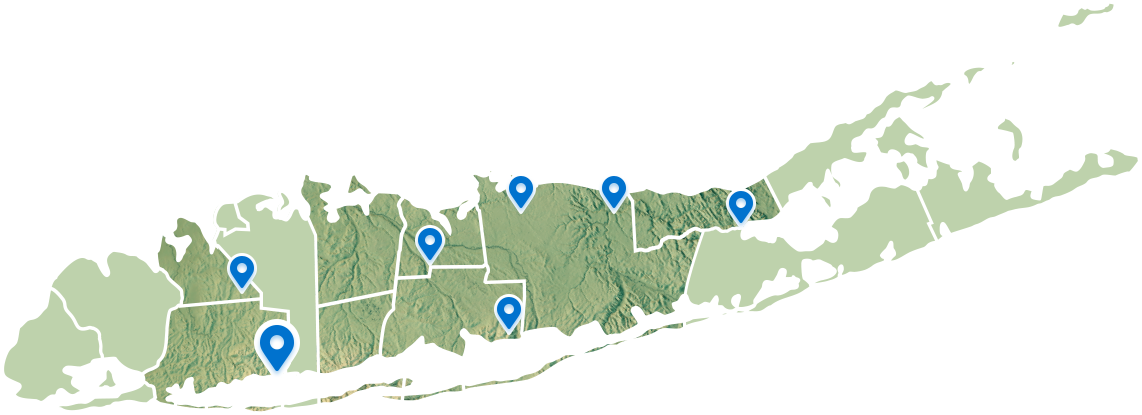
4250 Hempstead Turnpike Suite 4,
Bethpage, NY 11714
(516) 605-2720
COMMACK
353 Veterans Memorial Hwy,
Commack, NY 11725
(631) 864-3900
One Hollow Lane, Suite 212
Lake Success, NY 11042
(516) 442-2250
MANHATTAN
215 E. 77th Street Ground Floor
New York, NY 10075
(646) 809-4719
EAST SETAUKET
226 North Belle Mead Road, Suite C
East Setauket, NY 11733
(631) 828-3001
100 Merrick Road, Suite 128W
Rockville Centre, NY 11570
(516) 255-9031
WEST ISLIP
500 Montauk Hwy
West Islip, NY 11795
(631) 983-8400
World
Class
Expertise
For over 50 years & 350,000 patients NSPC has been a trusted global medical leader.
Contact us today for an appointment or consultation.


